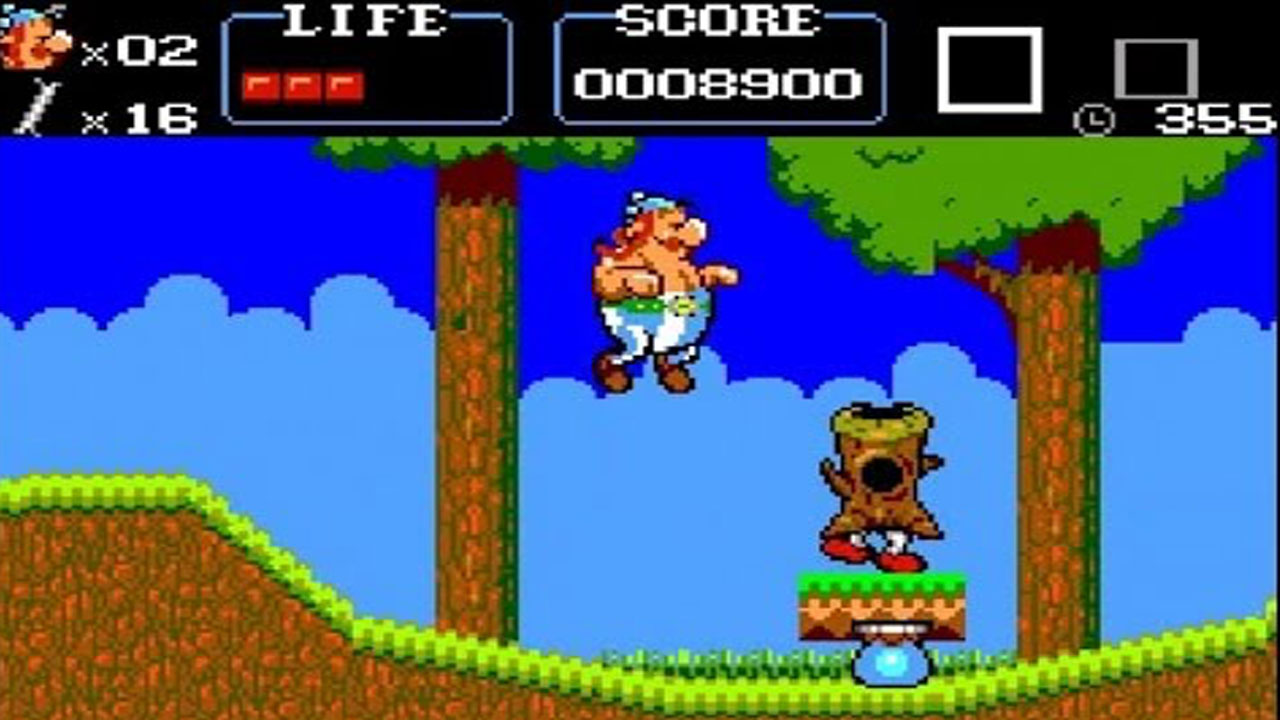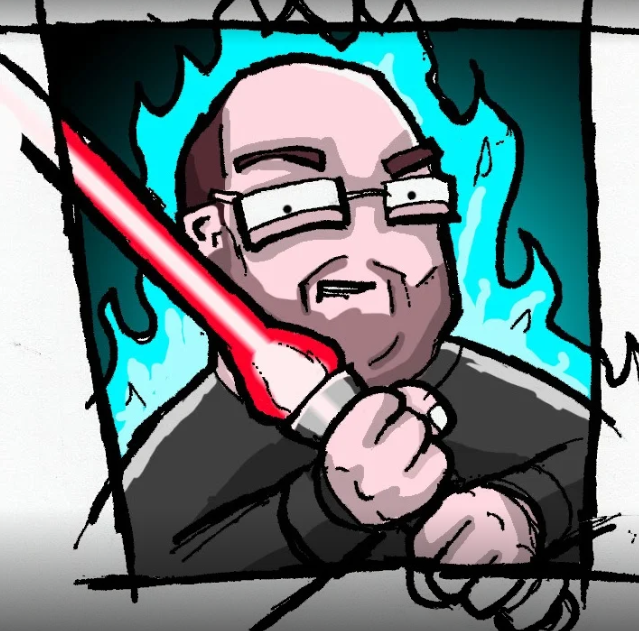Insane difficulty and joke endings - looking back at Altered Beast, 30 years later
As Sega classic Altered Beast celebrates its 30th birthday we look back at the divisive classic
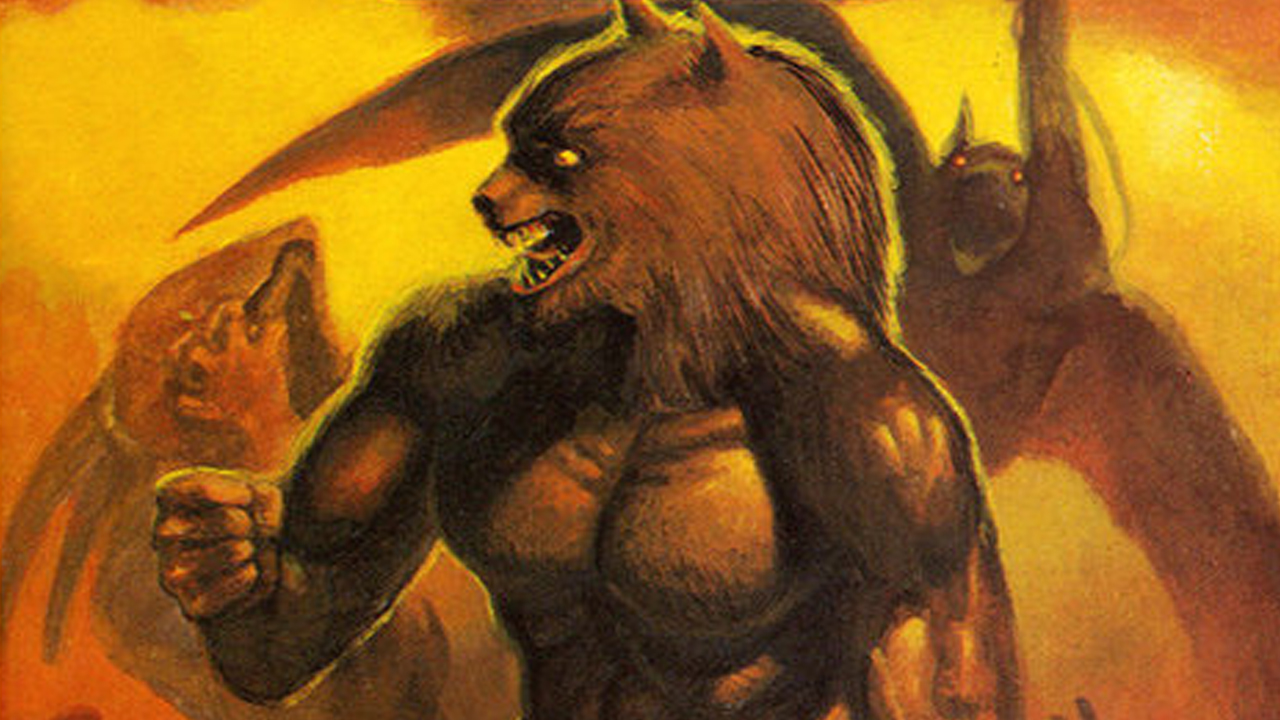
Some consider Altered Beast to be one of the best games to emerge from a ‘golden age’ of arcade play. Others will readily decry it as an awful experience, riddled with bad mechanics, poor movement, and inconsistent combat. UK magazine ‘Mega’ included it in their top ten worst Mega Drive (Genesis) games of all time, but enthusiasts will often talk about how groundbreaking it was. So, why is Altered Beast so divisive? As the game turns 30 in August 2018, I’ve taken a look at why the game lingers in the memory (for better or worse), how many of us came to play it, and the conflict between fair difficulty and complete trolling in classic retro titles.
Back in 1988, Altered Beast was a high-profile project from Sega, who published both the arcade cabinet and console versions. They produced the PCB board for cabinets and would handle the release on their own consoles – Master System and Genesis / Mega Drive. However, it was actually a fledgeling Activision who developed the home computer (non-console) conversions, from a tiny studio in Southampton, UK.
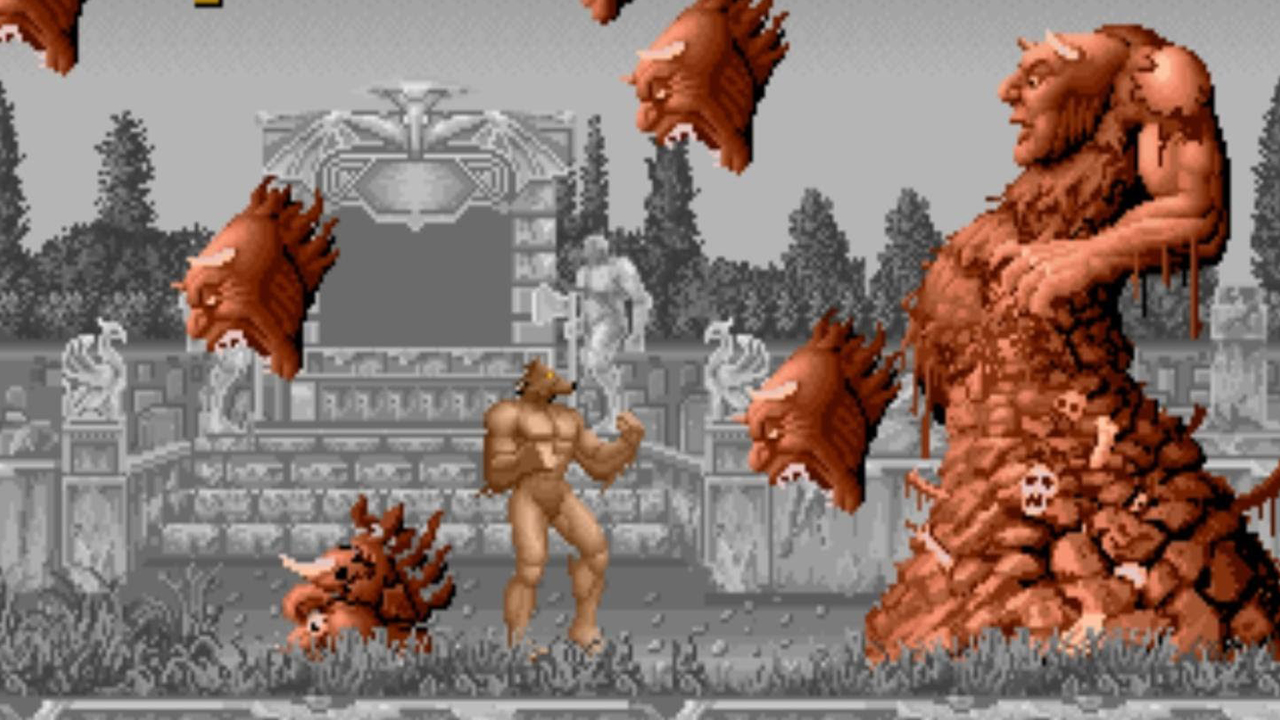
Stuart Hibbert was just nineteen when Activision asked him to head up the project of bringing the game to Amstrad, Atari ST, Commodore 64 and Spectrum. He was the youngest producer to work for the company, but he didn’t feel any pressure, “We were very confident in terms of the products [from Sega]. It didn’t feel difficult at the time, with Altered Beast everything came together extremely well.” Though both Stuart and Jeff Gamon, who came in to code the game, mentioned the Atari ST, a home computer known for its lack of power. The system hardware couldn’t handle parallax scrolling, especially because there were multiple layers of graphics for the game - background sprites, enemies and the hero, which meant the levels wouldn’t autoscroll. It took Jeff some time, but he managed tweaks to the software, which would then handle the scroll. This came with a disadvantage, “looking back on videos, the framerate is just awful. The game performed so much better on other systems” notes Jeff.
However, Activision, through Stuart, had put together a tight-knit team to work on the game and they’d previously converted R-Type and Afterburner. With Stuart overseeing production and Jeff on coding, Mark Jones joined to take on the art, and both Martin Walker and Dave Lowe took care of the music. Yes, that’s just five people.
This was a monumental task for the small British team. They were being asked to replicate one of the most popular arcade games in the Sega lineup. Makoto Uchida, the original designer, was renowned within the industry as a pioneer of side scrolling action games as he’d already given the world Golden Axe. His latest creation - the arcade cabinets of Altered Beast - began appearing everywhere in 1988 and although the game was notoriously difficult, the machines gobbled up pennies, cents and yen as players tried (and mostly failed) to save Athena from the evil Neff.
The path of a hero
As the game opens, the God Zeus booms out that immortal line “Rise from your grave” and our hero, an unnamed centurion must slowly plod through scrolling levels fighting creatures spawned from the underworld. It’s a plot that is, ultimately, forgettable (you were saving Zeus’ daughter Athena), because most of us played for the three glowing orbs which would appear in battles. Collecting these would gradually ‘power up’ the centurion, boosting his damage until he transforms into a beast, ready for the boss fight. Many will remember the first incarnation, the wolf, who could dash forward and back in a triangle shaped burst of power, or punch forwards, unleashing a ball of energy to kill his foes.
It's tough to find many people who can name all of the transformations, as Altered Beast was insanely difficult. Discussing the difficulty, Jeff Gamon who was a bedroom coder, says “These days, games aren’t about beating them. They’re about entertainment. Those days, they were about being satisfying, but being difficult enough to keep putting money in. That attitude translated from arcades to home computers. The difficulty was of their time.” Jeff mentions that he managed to get rather good at the game, but he did have an arcade cabinet in his home while he worked on the code. This enabled him to not only practice, but to truly emulate sections of the game perfectly.
Weekly digests, tales from the communities you love, and more
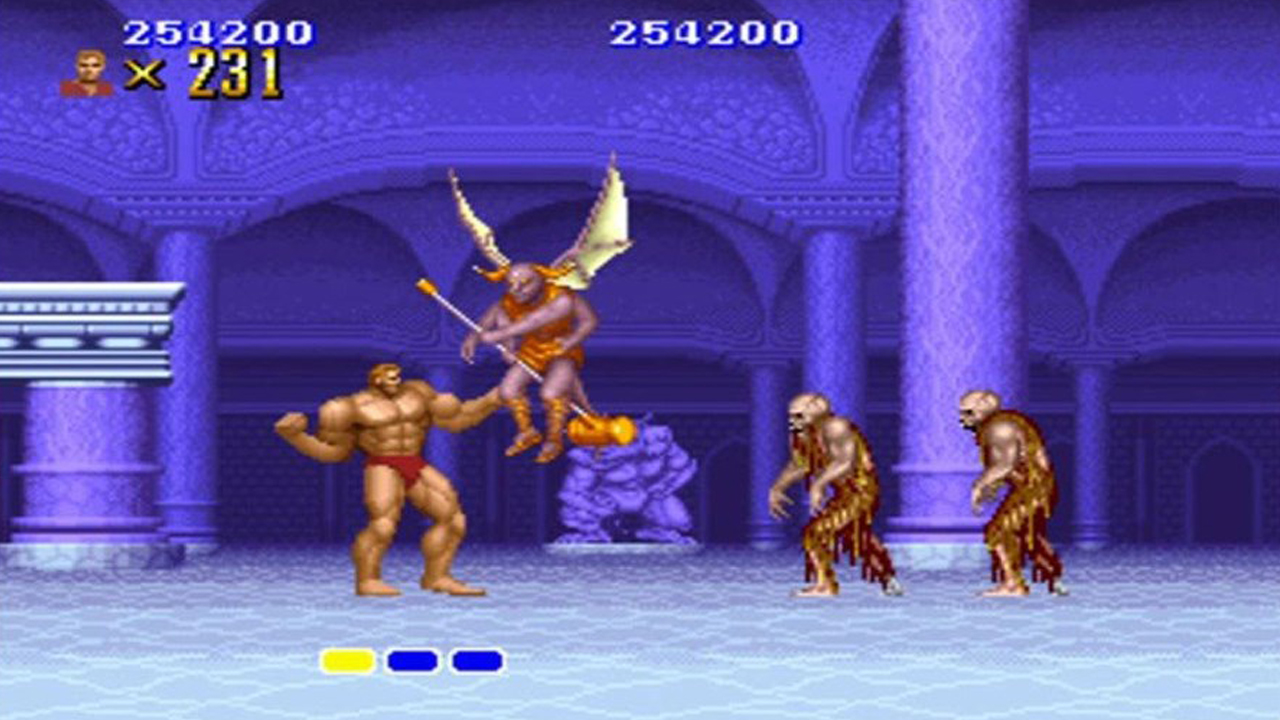
Not that it was an easy task, the Atari ST was known for being unable to scroll games within the hardware, so Jeff would have to work around it. The games took around five months to complete, with Stuart travelling between Southampton and Horely, where Jeff was based, to check on progress. Back in Japan, Sega was delighted with how the team were getting on. They’d managed to replicate the coin-op incredibly well, with Mark Jones able to bring over the art by the pixel. So, whether you played it on a home computer, on consoles, or even in the arcade, you got to experience exactly what Uchida envisioned.
For those who, like many, gave up after the first boss fight, our Centurion went on to morph into other creatures. Within the second level the player would become a dragon who shot fireballs or unleashed a sparking electricity attack around its body. The third level held a bear, who would flip through the air in a ball, while the fourth level brought out a tiger who specialised in vertical offensive moves. The last level took you back to the wolf, but this time it was a golden wolf, a special wolf, something a little more powerful for that final boss. Although the boss changed form each time, it was always Neff who’d wait for you decked out in his purple cloak, blasting lightning from his fingertips like a Sith Lord. His voice would creak from the sound boards, “Welcome to your doom!” before transforming into a monstrous creature that most hardware struggled to render properly.
With rose-tinted glasses
When the game was recently released on mobile platforms, players found the difficulty off-putting and Jeff expresses that “Some of these older games are seemingly best left in our mind’s eye.” If we did that though, we’d be leaving these important games in the dusty past. Yes, it was difficult and perhaps doesn’t look the part nowadays, but for 1988 it was bursting with imagination and technical achievement.
Levels were littered with creatures based on mythology but crafted beautifully with bright pixels depicting rot, chaos and terror. Zombies shuffled along to be decapitated with a punch, giant rattlesnakes would hang from the ceiling as gelatinous blobs, leaping onto your head to momentarily incapacitate you. Later in the game, goat and unicorn human hybrids would rush at you, as white bulls appeared holding onto those all-important orbs for transformation.
What most players would never see was the ending of the game, which Uchida designed to be rather off-the-wall. If the player made it to the end of the game, the demonic creatures would remove their heads, revealing an actor in a costume. It was all just a movie and the cast broke out mugs of beer to toast the wrap of the film. Altered Beast, or Beast King Chronicle, as it was known in Japan, managed to troll the player throughout. If it wasn’t with intense action sections or difficult platforming movement, it was in that ludicrous ending.
Invading pop culture
Altered Beast wasn’t just a game, though. The visual style of mythology and demons, backed by thrashing music, ended up inspiring many musical acts over the years. Bands named themselves after the game, or picked the title for songs and Altered Beast invaded other avenues of pop culture - Matthew Sweet named his album after the game, Australian band King Gizzard and the Lizard Wizard released a nine-part song named for the Sega game and Neff’s rhino form actually appeared in Disney’s Wreck-It Ralph. It was the distinct style which set it apart from so many other games of the time. While the standard gameplay was similar to other brawling platformers, the transition scenes as the centurion transformed were each considered to be wonderful pieces of artwork, burned into the memories of those who played Altered Beast over the years.
It might not be the best game ever made, and it rarely features in lists of classic retro titles , but there’s no doubting that it was an important one. It was the first Sega experience for many people, especially as early versions of the Genesis and Mega Drive were bundled with it, before Sonic came along in 1991. It dominated arcades and was one of the earliest successes for an emerging Activision. Jeff looks back fondly on his time with the game saying, “It’s a memorable moment, while there were a couple of negative reviews, players seemed to really love the game and back in Japan, they were very pleased”. Stuart agrees stating “We wanted to be faithful to Sega and the players. It was a high profile project, they had faith in us and we nailed the conversion” They certainly achieved that and - regardless of whether you enjoyed it or not - people are still talking about the game 30 years later. Perhaps that’s its biggest, most significant achievement.
Got you hungry for some retro action? Here are the best retro consoles you can buy in 2018.
Dan has been playing games for over thirty years, from back when controllers had one button. Thankfully he has managed to keep up with his favourite hobby at his age. You can normally find him playing Roguelikes or Battle Royales, both of which are his specialist subject. When he isn't playing games, he's writing about them in books and articles. If he had to pick a favourite game, it would be The Binding of Isaac or Final Fantasy IX.
